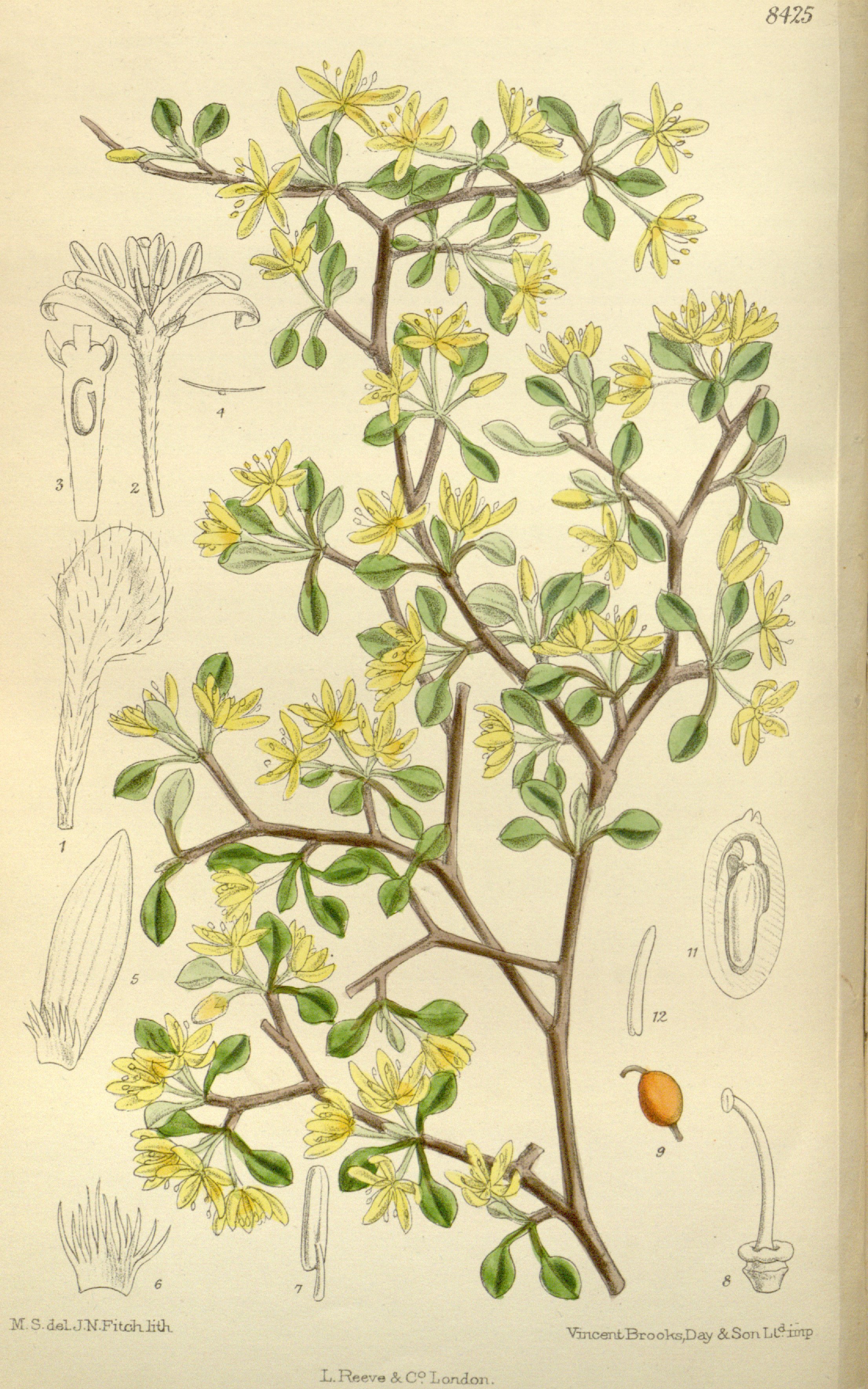Ericodesma Cuneata on:
[Wikipedia]
[Google]
[Amazon]
''Ericodesma cuneata'', the Corokia leafroller moth, is a species of moth in the family Tortricidae. It is endemic to New Zealand. This moth is classified as "At Risk, Naturally Uncommon" by the
 The larvae of ''E. cuneata'' feed on '' Corokia cotoneaster'', (korokio). However the moth has not been associated with urban plantings of its host. The adult moth has been collected in
The larvae of ''E. cuneata'' feed on '' Corokia cotoneaster'', (korokio). However the moth has not been associated with urban plantings of its host. The adult moth has been collected in
Department of Conservation
An environmental ministry is a national or subnational government agency politically responsible for the environment and/or natural resources. Various other names are commonly used to identify such agencies, such as Ministry of the Environment, ...
.
Taxonomy
This species was first described byCharles E. Clarke
Charles Ezra Clarke (April 8, 1790 – December 29, 1863) was a U.S. Representative from New York.
Biography
Clarke was born in Saybrook, Connecticut on April 8, 1790. He completed preparatory studies and graduated from Yale College in 18 ...
in 1926 using a specimen collected by him at Hope Arm, Lake Manapouri and named ''Tortrix cuneata.'' In 1971 John S. Dugdale assigned ''Tortrix cuneata'' to the genus ''Ericodesma''. The holotype specimen is held at the Auckland War Memorial Museum.
Description
Clarke described the species as follows:Distribution
This species is endemic to New Zealand. ''E. cuneata'' can be found at Taupō,Otago Lakes
Otago (, ; mi, Ōtākou ) is a region of New Zealand located in the southern half of the South Island administered by the Otago Regional Council. It has an area of approximately , making it the country's second largest local government regi ...
and Fiordland. The species, although rare, can be found frequently at The Wilderness in Southland.
Biology and behaviour
The larvae of this species web leaves together on the foliated stems of its host plant.Host species and habitat
 The larvae of ''E. cuneata'' feed on '' Corokia cotoneaster'', (korokio). However the moth has not been associated with urban plantings of its host. The adult moth has been collected in
The larvae of ''E. cuneata'' feed on '' Corokia cotoneaster'', (korokio). However the moth has not been associated with urban plantings of its host. The adult moth has been collected in beech
Beech (''Fagus'') is a genus of deciduous trees in the family Fagaceae, native to temperate Europe, Asia, and North America. Recent classifications recognize 10 to 13 species in two distinct subgenera, ''Engleriana'' and ''Fagus''. The ''Engle ...
forest habitat, as well as at strongly leached terraces and plains commonly called "wilderness".
Conservation status
This species has been classified as having the "At Risk, Naturally Uncommon" conservation status under theNew Zealand Threat Classification System
The New Zealand Threat Classification System is used by the Department of Conservation to assess conservation priorities of species in New Zealand.
The system was developed because the IUCN Red List, a similar conservation status system, had some ...
.
References
{{Taxonbar, from=Q13612491 Moths described in 1926 Archipini Moths of New Zealand Endemic fauna of New Zealand Endangered biota of New Zealand Endemic moths of New Zealand